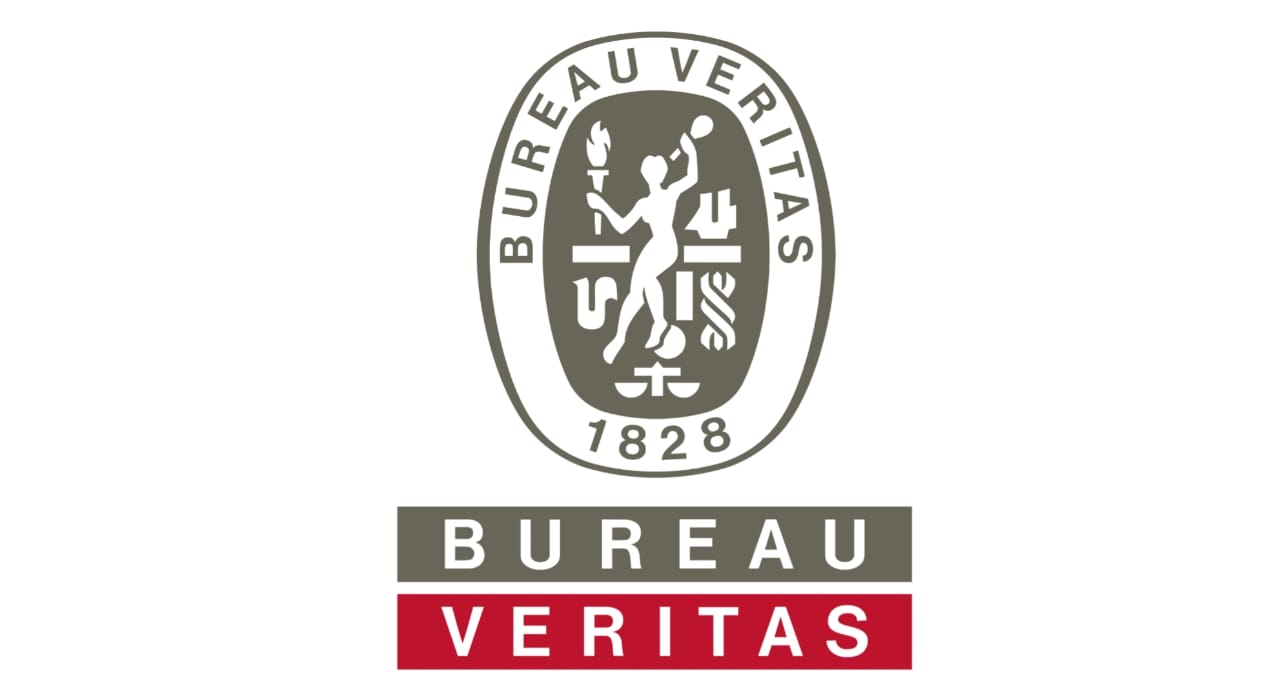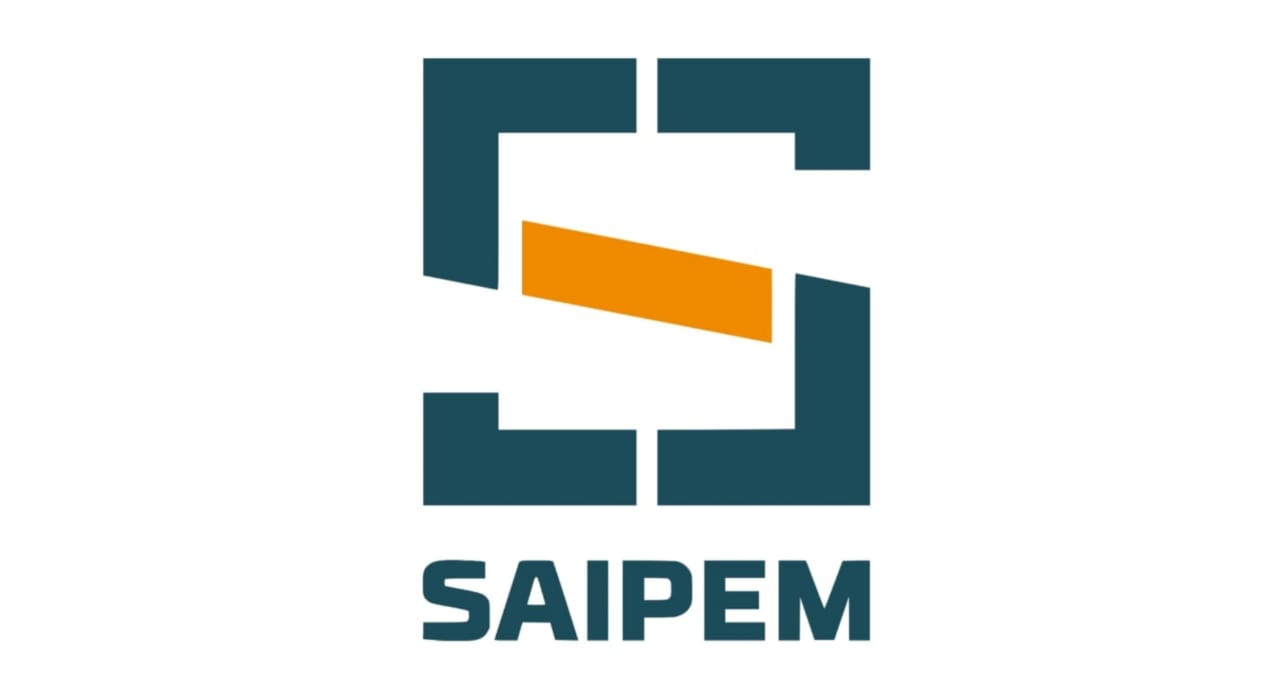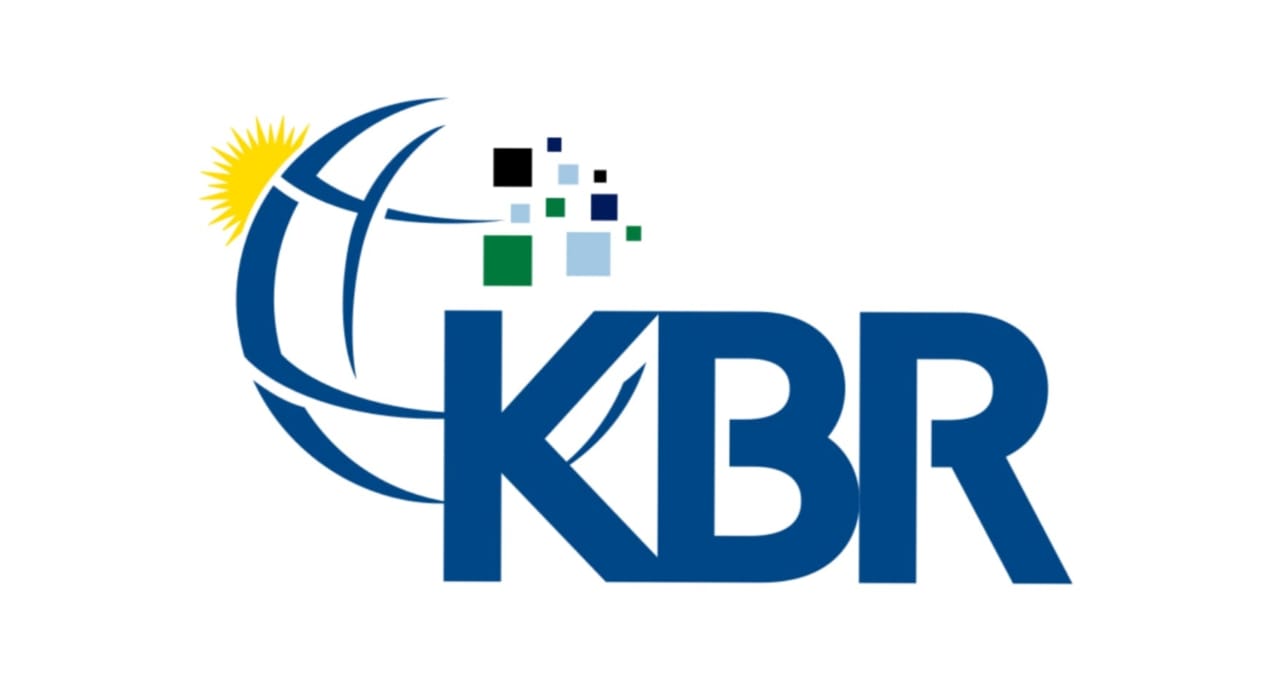5 Different Types of Security Vulnerability Assessment
Check here for different types of security vulnerability assessment and its working.

5 Different Types of Security Vulnerability Assessment
Never before have we had access to this degree of knowledge and intelligence, and it's only getting better. Sometimes technology that was cutting edge just a few years ago is already considered "old school." While individual product suites have continued to get better, our ability to combine various control systems has made the most strides.
In the past, a rise in threat level would demand more security personnel. Having a significant presence shows that security is taken seriously. In the past, a rise in threat level would require more security personnel. Having a conspicuous presence shows that security is taken seriously. Access control system and CCTV surveillance system are examples of traditional security platforms with enhanced intelligence and integration capabilities. We are already aware of the systems they can interface with, including building management systems, lighting, evacuation systems, personal address, fire, and elevators. But these days, we may spend resources a little more wisely thanks to technological advancements and newly discovered capabilities with integrated security systems.
The continual inspection of security holes and faults in your systems is known as security vulnerability assessment. Checking for any known vulnerabilities, their relevance, and their potential effects on your systems and environments is the goal of this approach.
Vulnerability assessment is an incredibly helpful tool for adopting security measures and controls within your organisation since it allows you to continuously monitor and identify weaknesses early on. Regular vulnerability assessments give a comprehensive picture of security, can ensure compliance with regulations, and enable more rapid prioritising and mitigation should any new threats emerge. Usually, this is accomplished in a series of steps.
The Stages of Vulnerability Assessment
- Preparation
The systems that will be evaluated must be decided upon at this stage, and the baseline for each system must be established. Establishing which systems are essential and which data is sensitive, is also vital. - Vulnerability scanning
At this point, the systems that will be assessed must be chosen, and a baseline must be established for each system. Establishing which data is sensitive and which systems are necessary is also crucial. - Vulnerability analysis
The vulnerability analysis stage of the vulnerability assessment process is probably the most crucial because it entails determining whether a reported vulnerability actually threatens your systems. To determine the probable impact and degree of severity, root cause analysis (RCA) is carried out. The required course of action will directly depend on the capacity to precisely identify vulnerabilities at this point. You may easily prioritise vulnerabilities in your open source dependencies and containers with the aid of helpful tools, allowing you to concentrate on what is really important. - Vulnerability remediation
The following stage is to think about how to address these security issues after you've assessed the vulnerability, located the attack surface, and determined the potential impact on your system. Is changing the component configuration enough? Is it possible to minimise it by updating the component, and if so, would that even be necessary? - Lessons Learned
This is the time to reflect on what went well, what went wrong, and, most importantly, determine how prepared you are for the future when the vulnerability assessment is complete. Can you completely secure your network and system? Where should you direct your resources?
The process of continuously assessing your systems' security vulnerabilities is known as security vulnerability assessment. Checking for potential known vulnerabilities, their relevance, and their potential effects on your systems and environments is the goal of this process.
There are several steps involved in doing this. Preparation is the first stage, and then you scan your systems. The next step is to prioritise each vulnerability found in order to select the best course of action. Finally, suggestions for corrective action are given.
5 Types of Vulnerability Assessments
- Network-based scans to find susceptible systems on wired or wireless networks and potential network security breaches
- Host-based scans, which give users more access into the configuration options and patch history of scanned systems, can find and uncover vulnerabilities in servers, workstations, or other network hosts.
- Wireless checks of a company's Wi-Fi network to find unauthorised access points and confirm that the network is set up securely
- Application scans, which evaluate websites to find known software flaws and incorrect network or web application settings
- Database scans to find a database's vulnerabilities and stop malicious attacks
AARMTech, one of the industry's top company of security solutions, works with highly qualified engineers with experience in security analysts, security audits, security administration, and other relevant sectors. Even now, AARMTech provides security vulnerability assessment services to identify cyber/network security flaws within organisations. We also specialise in setting up, planning, coordinating, testing, enhancing, and occasionally managing IT systems as a security company.











